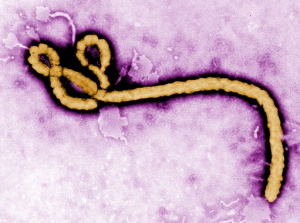 Sachem is committed to provide excellent student health and safety and to protect students and staff in a safe and secured environment.
Sachem is committed to provide excellent student health and safety and to protect students and staff in a safe and secured environment.Get the latest. Get the facts: http://www.cdc.gov/vhf/ebola/
According to the CDC, Ebola is spread through direct contact with the virus. “Direct contact” means that an infected person’s bodily fluids — such as blood, saliva or vomit — have touched someone else’s eyes, nose, mouth or broken skin.
However, flu season is starting up, and its common symptoms — fever, headache and muscle pain — could be misinterpreted if people have Ebola on their minds
There is an Ebola outbreak in the West African countries of Guinea, Liberia and Sierra Leone.
• The chances of getting Ebola are extremely low unless a person traveled to an area affected by the outbreak and had direct contact with the body fluids (e.g., blood, vomit, diarrhea) of an Ebola-infected person, or with objects soiled with that person’s body fluids.
• Ebola can be spread between people only after symptoms begin. Ebola is more easily spread by people who are severely sick.
• Early Ebola symptoms can include fever, headache, muscle pain, vomiting, diarrhea and stomach pain.
• Fever in people who traveled to Guinea, Liberia and Sierra Leone is much more likely to be caused by another disease (e.g. malaria or typhoid). The person with fever should be checked by a doctor to confirm, if they have had direct contact with the bodily fluids of an infected Ebola patient.
Sachem continues to work closely with our local Suffolk County Department of Health for guidance and support for all communicable diseases.